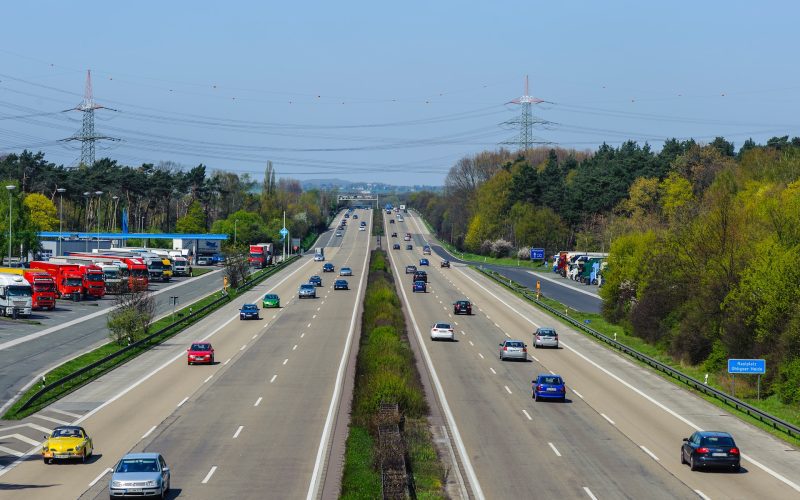Washington, D.C. stands at a pivotal moment as city leaders grapple with a decision that will shape the future of the highly anticipated K Street Transitway project. The ambitious initiative, designed to revitalize one of the city’s most prominent corridors, is now at a crossroads, with D.C. leaders tasked with determining its destiny. This article dives into the complexities surrounding the project, the diverse perspectives of stakeholders, and the weighty responsibility faced by decision-makers as they navigate the K Street conundrum.
The Promise and Potential of the K Street Transitway:
The K Street Transitway project represents a bold vision for transforming Washington, D.C.’s iconic K Street into a vibrant and efficient transportation corridor. The project aims to introduce dedicated bus lanes, pedestrian-friendly infrastructure, and cycling enhancements, all with the goal of creating a more sustainable and interconnected urban environment. Proponents believe that these improvements will not only improve transit options but also foster economic growth, enhance livability, and position the city as a national leader in innovative transportation solutions.
Stakeholder Perspectives and Diverse Concerns:
The fate of the K Street Transitway project has ignited passionate debates among stakeholders and residents. Advocates emphasize the project’s potential to alleviate congestion, reduce greenhouse gas emissions, and improve public transportation accessibility. They argue that the Transitway will offer a more efficient and reliable commute, while also prioritizing pedestrian and cyclist safety. Additionally, proponents point to the economic benefits that could arise from a revitalized K Street, attracting new businesses and further enhancing the city’s vibrant character.
However, concerns have been raised by various groups regarding the potential impact of the project. Some express apprehension about the potential disruptions during the construction phase, fearing negative consequences for local businesses and traffic congestion. Others highlight the need for equitable access to transportation and the importance of considering the needs of all road users, including drivers and commercial vehicles. Balancing these competing interests poses a significant challenge for decision-makers.
The Decision-Making Process and Community Engagement:
Recognizing the significance of the K Street Transitway project, city leaders have made efforts to engage with the community and solicit public input. Public forums, town hall meetings, and consultations with stakeholders have provided a platform for diverse voices to be heard. This inclusive approach aims to ensure that the decision reflects the aspirations and concerns of those directly affected by the project. However, finding consensus amidst the diverse viewpoints remains a complex task.
The Road Ahead:
The destiny of the K Street Transitway project now lies in the hands of D.C.’s leaders, who face the weighty responsibility of making a decision that will shape the city’s transportation landscape for years to come. The multifaceted nature of the project demands careful consideration of its potential benefits and drawbacks. Striking a balance between enhancing public transit, accommodating various modes of transportation, and addressing the concerns of stakeholders will require a well-informed and thoughtful approach.
Conclusion:
As Washington, D.C. stands at the crossroads of the K Street Transitway project, the fate of this ambitious transportation initiative hangs in the balance. The decision will determine not only the future of transportation along one of the city’s most prominent corridors but also the broader vision for sustainable urban development. Through the challenges and debates, D.C. leaders must navigate the K Street conundrum with an unwavering commitment to equitable access, environmental stewardship, and economic vitality.












